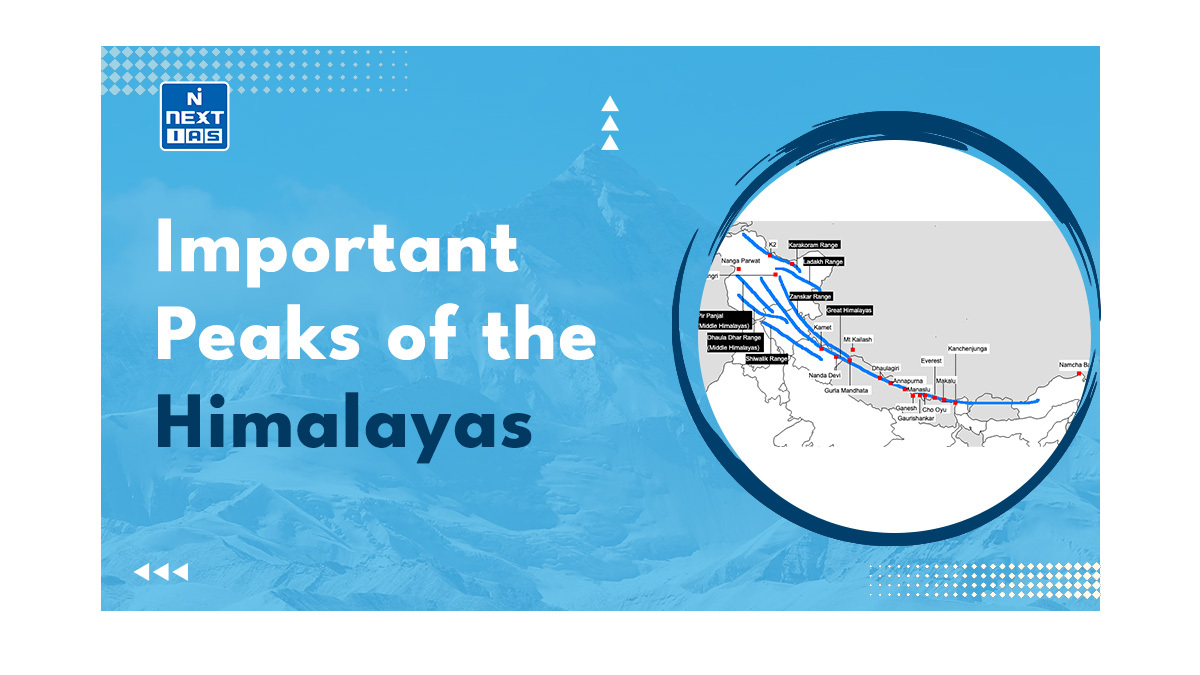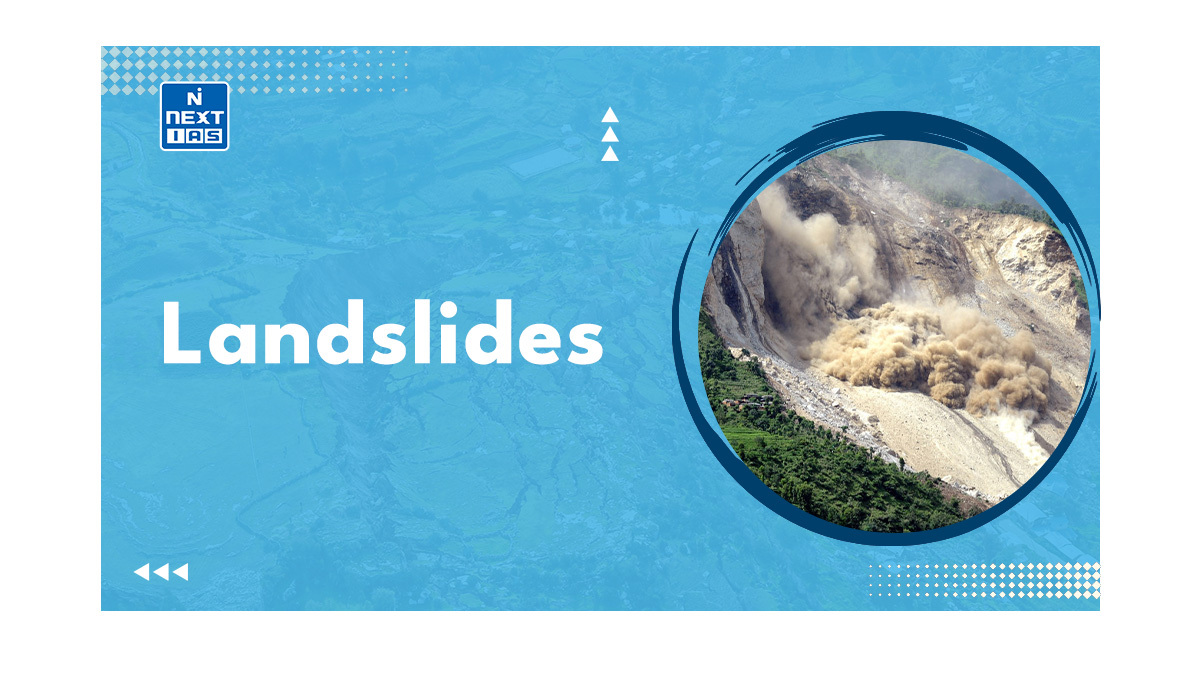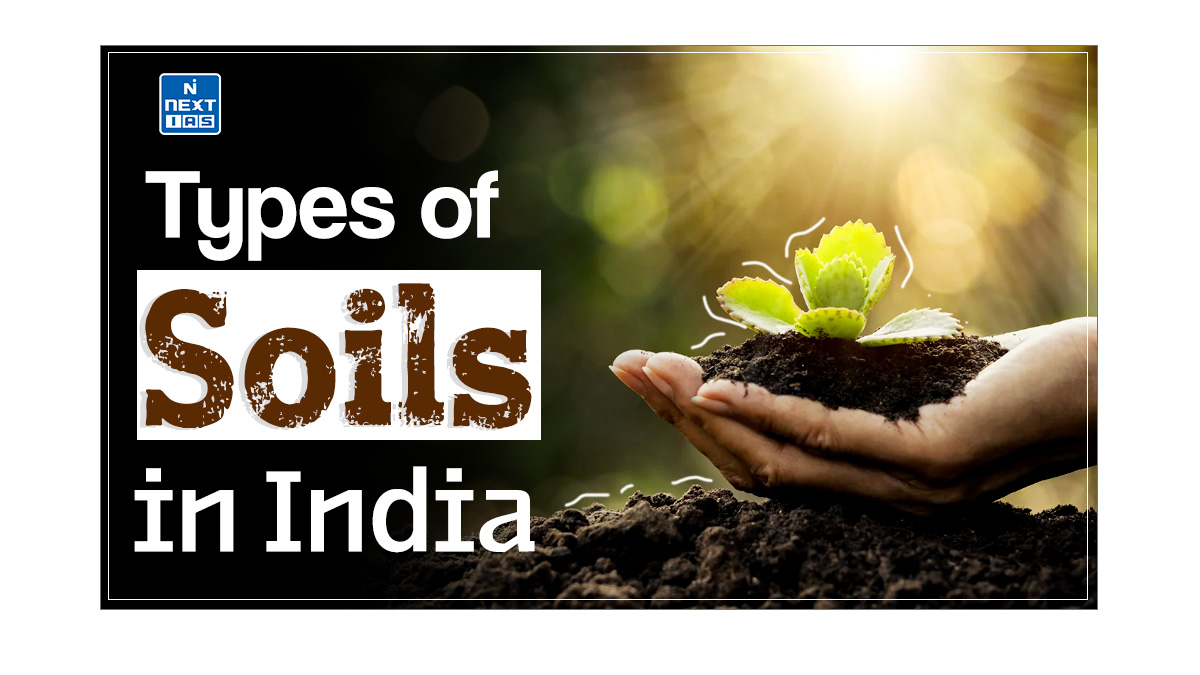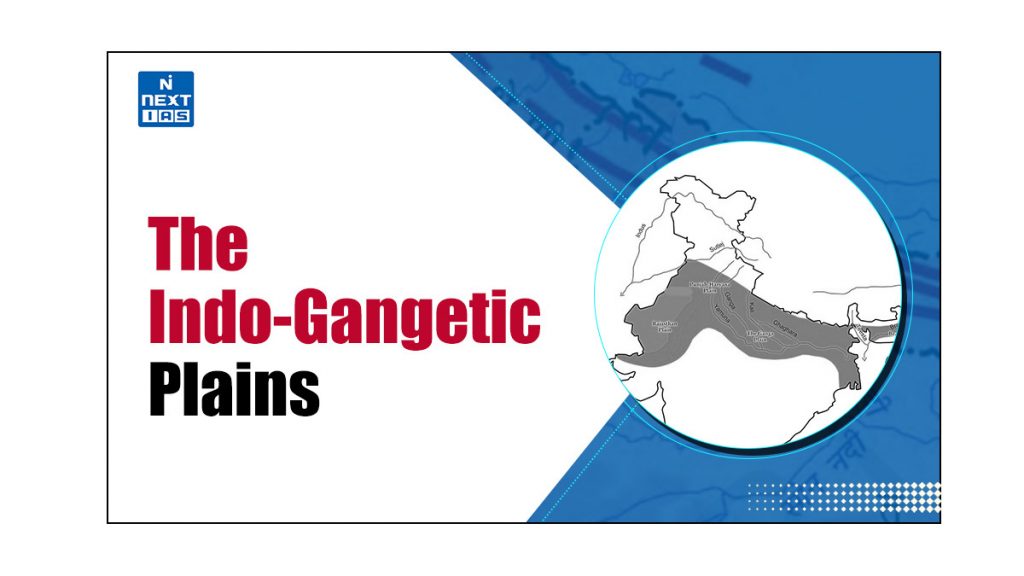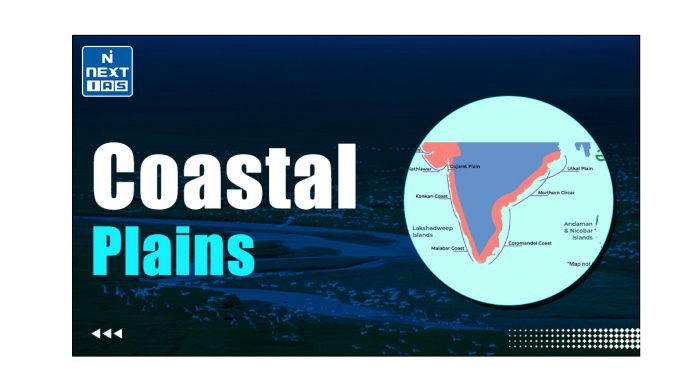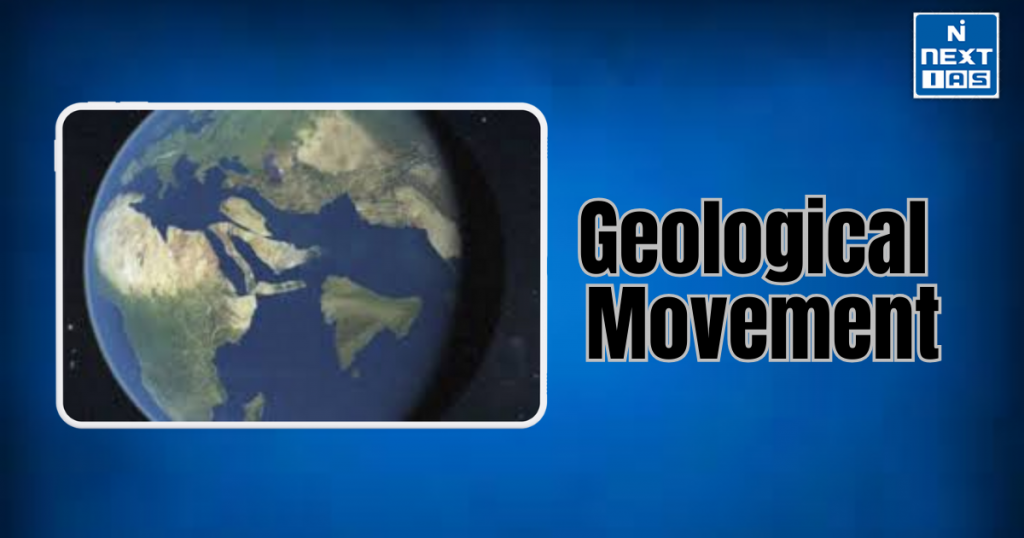
Geological movement refers to the dynamic processes that shape the Earth’s surface, driven by forces lying within the globe. The movements include those of tectonic plates, volcanic activities, earthquakes, and erosion, all playing their part in shaping the landscapes over time, influencing Earth’s geology and environment.
About the Geological Movement
- Simply put, geological movement involves the processes that continuously build or tear down the Earth’s crust, whereas the crust is moved by the dynamic forces within.
- It is largely and commonly said that geological movements result from the internal heat of the Earth, driving tectonic plates, volcanic eruptions, and earthquakes.
- The most prominent geological movements occur along the boundaries of tectonic plates: divergent, convergent, and transform.
- Divergent boundaries are places where plates move apart while new crust is generated through processes of seafloor spreading.
- At convergent boundaries plates collide to form mountain ranges, oceanic trenches, and volcanic arcs. At transform boundaries, plates skate past one another and cause earthquakes.
- Other geological movements include erosion, where rocks are worn away by the winds, waters, and glacial action; and uplift, whereby the Earth’s crust rises up due to tectonic forces.
- In turn, these types of movements continually alter the Earth’s surface, also converted landscapes, ecosystems, and ways of living into spheres of human activities through long geologic spans of time.
Classification of Geological Movements
Geological movements are processes working on the shaping of the Earth’s surface, with driving forces stemming from within the planet. These can be somehow divided depending on their nature and on the type of forces involved. The major classification can be:
Tectonic Movements
Tectonic movements arise from the motions of Earth’s lithospheric plates that are induced by forces like mantle convection and gravity. Basically, these forces produce almost all geological features.
- Endogenous Movements: Movements originating from within the Earth.
- Diastrophism: Slow, large-scale movements of the crust of the Earth which can result in the formation of mountains, valleys, and other landforms.
- Orogenic Movements: The pressure of tectonic forces that produce mountain ranges by collision and folding of the plates (e.g., Himalayas).
- Epeirogenic Movements: Vertical movements of the crust of the earth like uplift or subsidence which affect big, relatively flat areas (e.g., Great Basin of the United States).
- Volcanic Movements: Movements caused by the volcanic eruption of molten rock (magma) from beneath the earth surface. These movements form volcanic landforms like lava flows, craters, and calderas.
Exogenous Movements
Exogenic processes manifest external forces upon the landscape with the works of weathering, erosion, and sediment deposition. These movements usually happen at or near the Earth’s surface and hence carve out the landscapes.
- Weathering: It is the disintegration of rocks and minerals by the operation of physical, chemical or biological processes.
- Physical Weathering: It refers to physically breaking rock and particles into smaller pieces by various means such as freezing and thawing, and thermal expansion.
- Chemical Weathering: It means chemicals reacting to minerals and altering their composition, such as acid rain dissolving limestone.
- Biological Weathering: It involves the breaking of rocks by biological activities, such as plant roots growing into cracks.
- Erosion: The transportation of weathered materials by a variety of natural agencies such as water, wind, and ice.
- Water Erosion: Sediments are transported down rivers, streams, and through oceanic waters.
- Wind Erosion: Sand and dust grains are produced through wind, which may also help in the formation of dunes.
- Glacial Erosion: Rocks and debris are transported and glaciated in valleys and landscape shaping by glaciers.
- Sedimentation: The deposition of eroded materials into new locations, leading to the formation of sedimentary rocks, deltas, and coastal landforms.
Isostatic Movements
- They occur due to the Earth’s crust adjusting to variations in load or pressure. They move slowly but are responsible for the landscape altering with time.
- Isostatic Uplift: The uplift of land when glaciers melt or when heavy loads are taken away, as in the uplift of land subsequent to the retreat of ice sheets during the ice age.
- Isostatic Subsidence: The sinking of the Earth’s crust when heavy loads are added, such as when big ice sheets accumulate or sediments pile up.
Oceanic Movements
- Oceanic movements encompass those processes that work upon the ocean surface and its seafloor. Even though these cease to become parts of the solid Earth crust, they influence geological processes significantly.
- Tidal Movements: The periodic rise and fall of sea levels brought about by the gravitational pull of the Moon and the Sun, also molding features in the coastal zones.
- Currents and Waves: Besides, ocean currents and waves erode the coastlines, work upon sediment transport, and contribute to the construction of abandoned shores, beaches, and estuaries.
Gravitational Movements
Gravitational movements occur when rocks, soil, and other materials move under the influence of gravity. These movements can cause landslides and mass wasting.
- Landslides: The rapid downward movement of rock and soil, often triggered by earthquakes, volcanic activity, or heavy rainfall.
- Rockfalls and Slumps: Slower forms of gravitational movement that can shape valleys and slopes.
Geological movements can be broadly categorized into tectonic, exogenous, isostatic, oceanic, and gravitational movements. These processes are responsible for the creation, destruction, and alteration of Earth’s surface features, shaping landscapes over millions of years.
Significance of Geological Movements
Along with shaping Earth’s surface, geological movements also act in great regard toward terms of physical, ecological, and environmental nature. Here are some of the most important considerations:
Formation of Landforms and Natural Features
- Geological movements, particularly tectonic forces, are involved in the formation of many types of Earth’s landforms:
- Mountain Ranges: Orogenic movements (tectonic plate collision) give rise to mountain ranges such as the Himalayas and the Andes.
- Ocean Basins and Trenches: Subduction generates deep oceanic trenches such as the Mariana Trench, while seafloor spreading leads to the formation of new oceanic crust from the mid-ocean ridges.
- Volcanoes and Earthquakes: Volcanic and seismic activities allow the formation of volcanoes, lava flows, and faults which eventually shape the land and human settlements.
Effects of Movement on the Dynamics of Earth
- Geological movements indicate that the surface of Earth is not static. Movements keep modifying landscapes by:
- Plate Tectonics: The continuous movement of tectonic plates results in the formation and destruction of crust, and this process recycles the surface of the Earth over millions of years.
- Erosion and Sedimentation: Exogenous movements like erosion and sedimentation slowly wear down mountains and valleys, redistributing materials across the planet.
- Isostatic Adjustments: Isostatic movements reveal how the Earth’s crust adjusts to loading or unloading, such as post-glacial uplift or sinking due to the accumulation of sediments.
Impact on Climate and Weathering
- The movements of tectonic plates can influence climate and lead to weathering:
- Uplift and Climate: The growth of mountain belts, such as the Himalayas, enhances old weather conditions and creates rain shadows that affect regional climate.
- Volcanic Activity: During volcanic eruptions, the atmosphere gets disturbed, often causing cooling by pouring ash and gases into the atmosphere that block out sunlight.
Earthquake and Natural Disasters
- Seismic movements cause earthquakes, with grave social-environmental impacts:
- Earthquake transforms the landscape, causes landslides, and damages infrastructure, causing both loss of life and damage to property.
- Tsunamis induced by undersea earthquakes may remain intensely destructive in coastal zones.
Distribution and Exploration of Resources
- Geological movements stand behind the distribution of important natural resources:
- Mineral Deposits: Tectonic processes such as subduction and continental collision tend to ride the deposits of valuable minerals and metals, like gold, silver, and copper.
- Oil and Gas: Oil and gas deposits often accumulate in sedimentary basins formed through tectonic movements and erosion.
- Geothermal Energy: Volcanic activity and plate movements create geothermal energy sources, which can be harnessed for sustainable energy production.
Evolution of Life on Earth
- Geological movements have served as an agent in the evolution of life:
- The lateral drifting of continents inhibits the intermingling of species and causes geographical isolation for mating, leading to evolution.
- The emergence of barriers, like mountain ranges or ocean expanses, due to tectonic movements would in themselves have fostered different ecosystems in differing localities.
Long-Term Environmental Changes
- Over geological time scales, these movements are responsible for the following long-term environmental changes:
- The opening and closing of oceans, the building up and wearing down of mountain ranges, and changing positions of continents are all changes determining patterns in climate, ecosystems, and long-term events, including ice ages and warming cycles.
Influence and Adaptation of Humanity
- The geological movements have largely dictated the pattern of human settlement and civilization development:
- Ancient civilisations as well as the modern ones often choose areas nearby with tectonic activity for fertile soil, mineral sources, and water (for instance, the vicinity of volcanic areas).
- However, these areas are also prone to natural hazards like earthquakes, volcanic eruptions, and landslides, influencing building techniques and disaster preparedness.
Hazard Mitigation and Understanding
The study of geological movements is vital for understanding and mitigating natural hazards:
- By understanding the causes of seismic activity, volcanic eruptions, and landslides, scientists can predict and mitigate their impacts, saving lives and reducing economic losses.
- Seismology and volcanology help improve early warning systems for earthquakes and volcanic eruptions.
Geological History and Earth’s Past
Geological movements help scientists reconstruct the history of Earth:
- Studying the movement of tectonic plates and the resulting landforms provides insights into the planet’s past climates, geological events, and biological evolution.
- Fossil distribution and the arrangement of continents are evidence of past geological movements, which help scientists understand Earth’s evolving conditions.
Geological movements are central to understanding Earth’s dynamic nature, natural resource distribution, climate patterns, and biological evolution. These processes continuously shape the planet’s surface, influence human societies, and provide crucial information about Earth’s geological history.
Way forward
Technologies like seismic monitor, satellite imaging, and 3D modeling need to be amply developed so as to overcome geological movements; that is, prediction of a disaster and management of resources. Furthermore, better understanding of plate tectonics, volcanic activity, and earthquakes will lessen natural hazards, as well as provides insight into overarching geological processes evolving on Earth.
Conclusion
The fundamental role of geological movements in shaping Earth’s surface and its environment cannot be overstated. These movements change the surface with the formation of mountains, earthquakes, or the presence of natural resources. Understanding them is very important for understanding the Earth’s past, natural hazards, and life evolution.
GS - 3